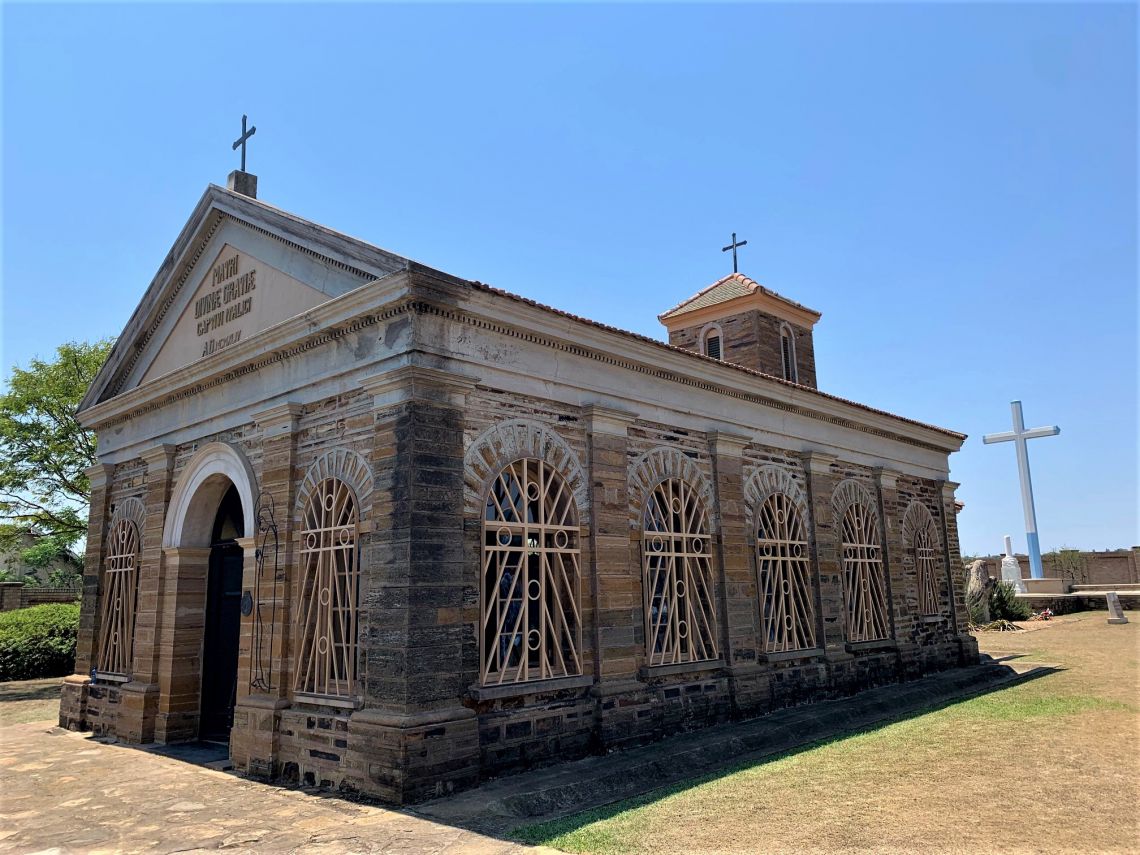HISTORY
During World War II many Italian soldiers captured by the British in North Africa and East Africa, were embarked on ships destined for Durban, South Africa.
On landing they were boarded on trains directed to the Transvaal (now Gauteng), headed for the concentration camp at Zonderwater, near Cullinan, 40 Km from Pretoria. Before reaching the final destination, prisoners were sent to Pietermaritzburg, a transit camp located 75 km from Durban.
With the arrival of the first contingent of Italian prisoners of war, the camp was opened on 4 April 1941, as the location for first-aid and medical examination, and in some periods up to 8,000 men were housed.. Here they were subjected to disinfection procedures, cleansed and revitalized. Before being placed back on the trains, the British Officers subdivided them into groups corresponding to the number of train carriages. The prisoners remaining on the ground were accommodated in Camp 4 awaiting their turn. Many, however, remained in Pietermaritzburg for the whole period of their captivity. The function of the Camp 4, opened in March 1942, was to operate as a recovery centre for Italian prisoners arriving from North Africa.
The construction of the church dedicated to “Our Lady of Divine Grace” began on 2 February 1943 in the perimeter of Camp 4, was completed on 19 March 1944, and the church was consecrated on 19 March 1944 by the Apostolic Nuncio in South Africa.
At the end of 1946, with the closure of the camp, the ground and the church passed to the Municipality of Pietermaritzburg. Being out of town and isolated, the property had been gradually abandoned, vandalized and burned. In 1962 members of the Italian community took the initiative to restore the church and in 1977 it was declared a national monument and the city administration handed it over as a gift to the Council of National Monuments. In the 1990s, with increasing risk that the property could be placed on the private market, the negotiations led to the registration of the Trust in 1995 and the subsequent transfer of the property in May 1998, for the use of the Italian State. In 2003 the chapel was fully restored, passing under the ultimate responsibility of the Italian Ministry of Defence. On the grounds of Camp 4 in the immediate proximity of the Church it is now housed the Italian military cemetery of Pietermaritzburg.
The remains of bodies recovered after the sinking of the steamer Nova Scotia, were transferred from the cemetery Hillary-Durban, in July 2008, to Pietermaritzburg, and buried on the ground behind the church “Madonna delle Grazie”. On 28 November 1942, the English troop transporter Nova Scotia, while sailing in the Indian Ocean Channel of Mozambique, was torpedoed and sunk by a German submarine. The Nova Scotia was carrying Italian prisoners of war, civilian and military, as well as over 300 men consisting of crew, guards and South African soldiers wounded at El Alamein. A Portuguese military ship rescued the survivors who were disembarked in Lourenco Marques (now Maputo). Of the 772 Italian prisoners on board, 652 perished. The remains of 35 Italian soldiers who died in captivity between 1941 and 1946, buried at the Hillary Military Cemetery (Durban), have also been transferred to the Italian military cemetery of Pietermaritzburg.






